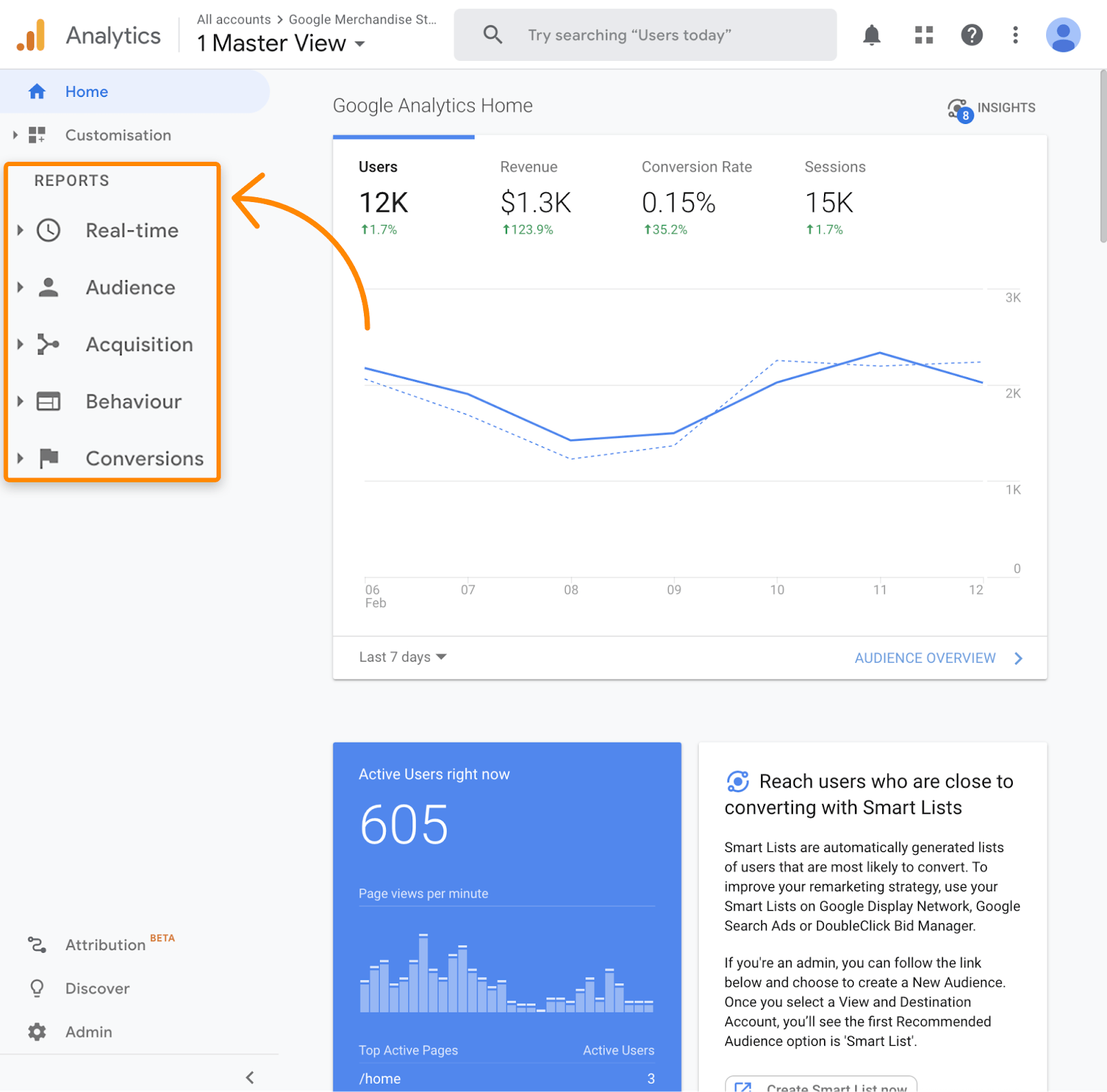Demystifying Secondary Dimensions in Google Analytics: Interpretation and Practical Applications
Demystifying Secondary Dimensions in Google Analytics: Interpretation and Practical Applications
Blog Article
Unveiling the Influence of Second Dimension in Google Analytics on Information Evaluation and Insights
In the world of information analytics, the utilization of secondary dimensions within Google Analytics has emerged as a critical tool for drawing out much deeper understandings and unraveling facility patterns that might or else continue to be covered. By peeling back the layers of key information sets, additional measurements supply a nuanced point of view that enriches the understanding of individual habits, internet site performance, and the effectiveness of advertising and marketing techniques.
Checking Out the Concept of Second Dimensions
Secondary measurements in Google Analytics offer added insights by permitting users to evaluate primary data in conjunction with an additional feature. By integrating additional measurements, users can dig deeper into the information and uncover useful relationships that might or else go undetected - what is a secondary dimension in google analytics.
Understanding the idea of second dimensions is critical for maximizing the capacity of Google Analytics. It permits customers to segment data successfully, recognize patterns, and make informed decisions based on a much more full photo of their analytics information. By exploring the various additional measurements readily available in Google Analytics, customers can open new insights and optimize their digital advertising initiatives. Fundamentally, second dimensions act as a powerful tool for improving information evaluation and driving workable outcomes.
Enhancing Information Analysis With Second Dimensions
Having actually established the fundamental understanding of second measurements in Google Analytics and their pivotal role in data analysis, the emphasis now shifts in the direction of leveraging these additional credit to improve the interpretation of analytics information (what is a secondary dimension in google analytics). By integrating secondary measurements into data evaluation, experts can get deeper understandings right into individual behavior, web site performance, and advertising and marketing efficiency

Furthermore, second measurements help in contextualizing primary information metrics by offering additional layers of details. This contextualization aids in comprehending the 'why' behind the data fads, aiding experts make notified optimizations and decisions to boost total efficiency. Inevitably, including second measurements enhances the data interpretation procedure, causing more critical actions and purposeful insights.
Discovering Hidden Insights Through Second Dimensions
Discovering the depths of analytics information with second dimensions discloses useful insights that would certainly otherwise stay covered. By integrating secondary measurements in Google Analytics, organizations can uncover surprise patterns, fads, and relationships that provide a more detailed understanding of individual behavior and website efficiency. These extra layers of data allow experts to delve much deeper right into the key measurements, such as web traffic sources or touchdown pages, and get an extra nuanced point of view on how various variables connect with each other.
Via the usage of second dimensions, experts can sector and compare information throughout numerous measurements, enabling them to recognize certain aspects that site link affect customer involvement, conversion rates, and overall success metrics. By coupling the main dimension of 'tool classification' with the secondary measurement of 'age group,' marketing professionals can pinpoint which age demographics choose accessing the website via mobile gadgets versus desktop computers.
Leveraging Additional Dimensions for Actionable Analytics
Structure upon the insights revealed through second dimensions in Google Analytics, companies can currently harness this enriched information landscape to drive actionable analytics and critical decision-making. By leveraging secondary measurements, organizations can dig deeper into their information to extract beneficial patterns, trends, and correlations that may have formerly gone unnoticed. This much deeper level of evaluation allows services to acquire a more detailed understanding of user actions, project performance, and total website performance.
One trick benefit of using additional dimensions for workable analytics is the capability to segment information based upon specific criteria. This division enables companies to customize their methods and projects to different target market groups, causing a lot more targeted and reliable advertising initiatives - try this web-site what is a secondary dimension in google analytics. In addition, secondary dimensions offer an even more all natural sight of user interactions, allowing organizations to optimize their site web content, layout, and overall individual experience
Maximizing Decision-Making With Additional Dimensions
To enhance critical decision-making in analytics, leveraging second measurements in Google Analytics can provide a much more nuanced point of view on customer behavior and campaign performance. By including additional measurements right into data analysis, companies can delve deeper right into the specifics of their internet site site visitors' communications and interaction patterns. This extra layer of details permits an extra extensive understanding of exactly how different variables, such as demographics, gadgets, or web traffic resources, influence vital efficiency indications.

Verdict
Finally, the usage of secondary measurements in Google Analytics plays an important role in enhancing information analysis and revealing concealed insights. By discovering this idea, one can obtain a much deeper understanding of user habits and make informed decisions based upon workable analytics. Leveraging additional measurements enables an extra extensive analysis of Full Article information and makes the most of the performance of decision-making processes.

Report this page